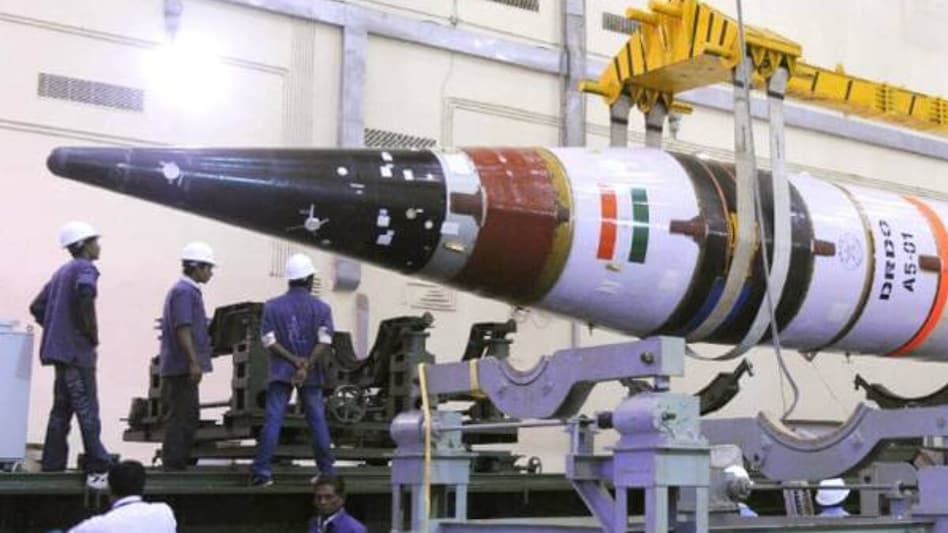 The Defence Research and Development Organisation (DRDO) has launched a project to build one of the world’s most potent bunker buster missiles.
The Defence Research and Development Organisation (DRDO) has launched a project to build one of the world’s most potent bunker buster missiles.
 The Defence Research and Development Organisation (DRDO) has launched a project to build one of the world’s most potent bunker buster missiles.
The Defence Research and Development Organisation (DRDO) has launched a project to build one of the world’s most potent bunker buster missiles.India is developing an advanced indigenous bunker buster missile system, inspired by a recent US operation that severely damaged Iran’s nuclear facilities.
US strike sparks ambitions
The US deployed a 14,000-kg bunker buster bomb from a B-2 Spirit stealth bomber during the 12-day Israel-Iran conflict, showcasing deep-strike capabilities India now seeks to match — especially amid nuclear threats from Pakistan.
DRDO leads development
The Defence Research and Development Organisation (DRDO) has launched a project to build one of the world’s most potent bunker buster missiles. While no official timeline has been shared, the project has already raised concerns in neighbouring China and Pakistan, both nuclear-armed states sharing long borders with India.
Lessons from Operation Sindoor
India’s push for a bunker buster system gained momentum after Operation Sindoor, when Su-30MKI fighter jets struck 11 Pakistani airbases, including the strategically crucial Noor Khan airbase near Pakistan’s nuclear base at Kirana Hills. The operation highlighted India’s reach but also exposed gaps in its ability to destroy deeply fortified underground targets.
Missile-based solution
Unlike the US, which uses bombs like the GBU-57 dropped from bombers, India plans to modify its Agni-5 intercontinental ballistic missile into a bunker buster. The missile’s range will be cut from over 5,500 km to around 2,500 km to accommodate a larger conventional warhead weighing between 7,500 and 8,000 kg — capable of penetrating 80 to 100 metres underground.
Cost and technology shape India’s choice
India chose a missile-based bunker buster instead of bombs because it lacks stealth bomber technology and wants to avoid astronomical costs. A single US B-2 Spirit bomber costs about $2 billion (Rs 17,086 crore), while one GBU-57 bomb costs $20 million (Rs 170 crore). India’s established missile expertise makes a bunker buster missile the practical, cost-effective alternative.